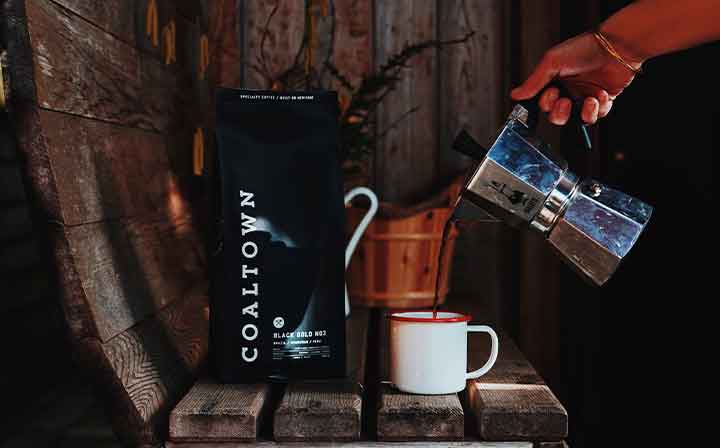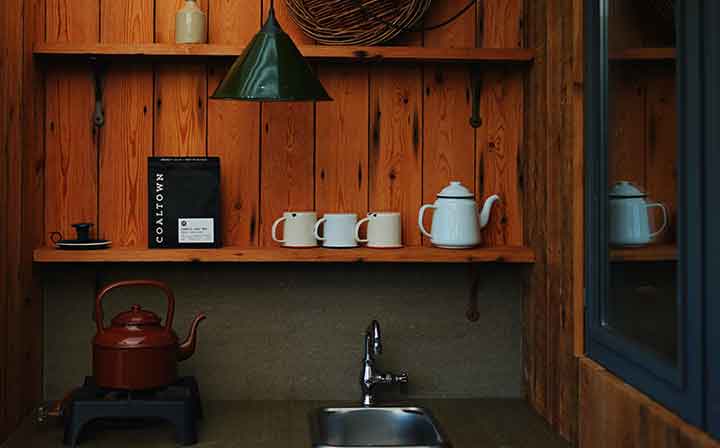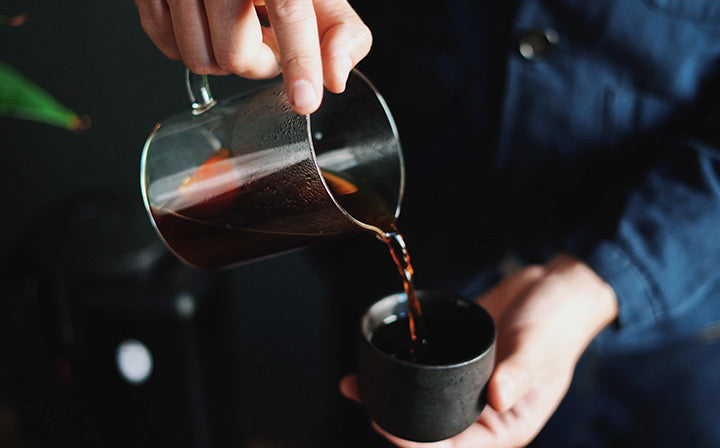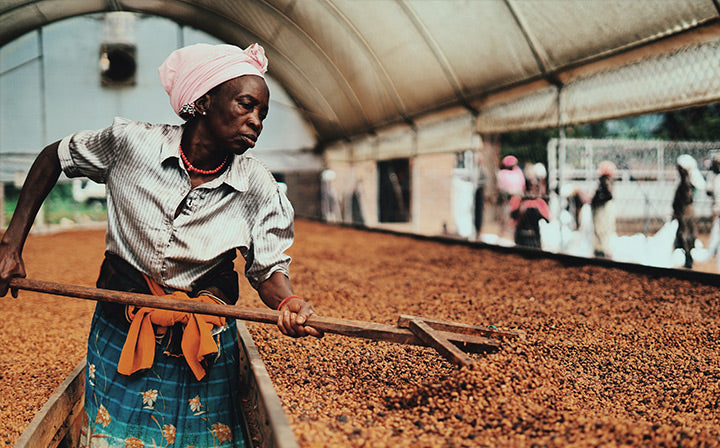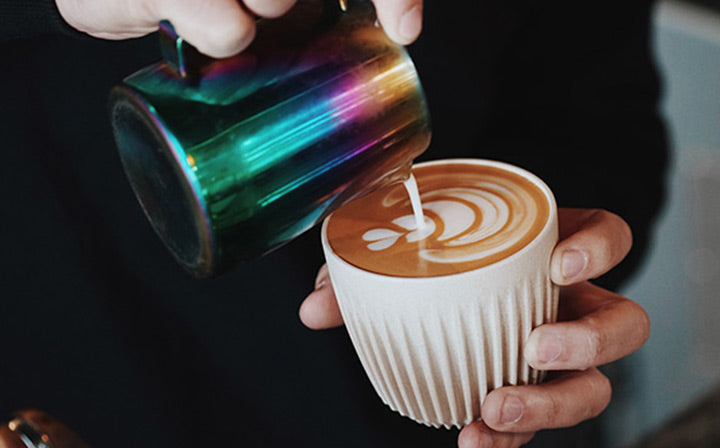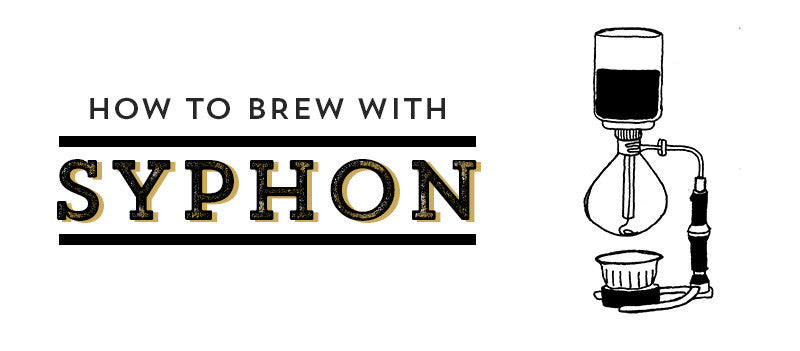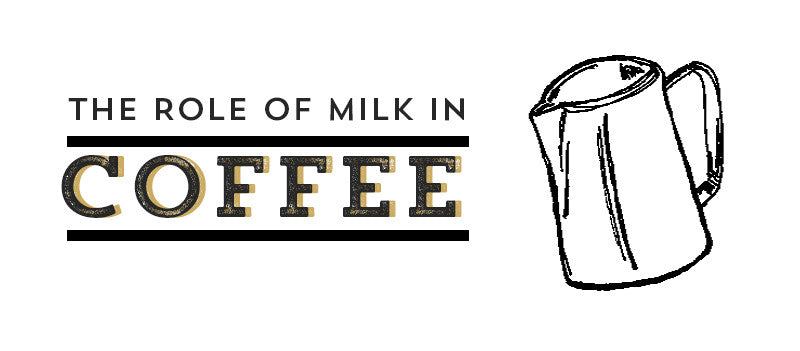
The Role of Milk in Coffee

By Ffion Davies
It might be a basic product, but milk in coffee is a contentious thing. A lot of coffee professionals frown upon consuming coffee with milk, arguing that it can mask the natural flavours of the beans. At Coaltown we believe that drinking milk-based coffee can really help to draw out unique characteristics that perhaps you wouldn't notice if you were drinking it black. It offers a different, more subtle perspective that isn't really comparable with the taste of espresso. Having a latte or a flat white from time to time can be a lovely, indulgent treat when it's executed well.
Not only does milk have the power to transform your coffee into the delicious, moussey product that we're all familiar with, it can significantly impact your drink's nutrient content. It is a complete protein and a good dietary source of calcium and vitamin B. The truth is, there are persuasive arguments on both sides, but it's best to drink your coffee whichever way best suits your taste.
If you choose to drink white coffee, the quality of your milk is a vital factor in creating a delicious cup. Not all milk is the same, and choosing the right kind can drastically enhance your drinking experience. The seasons, the breed of cow, the way the milk is processed, and the temperature it's kept at can all impact your resulting cup. What the farmers are feeding their cows can even play a role in impacting the flavour outcomes of the milk you choose! However, there are three main constituents of milk that make it particularly delicious. Understanding these is useful when brewing a good cup.
1) Fats
Fats are a crucial part of the content of milk because they give it a more rounded mouthfeel. Coffees made from milk with a higher fat content are generally fuller, silkier and are richer in flavour.
Whole milk will give you the best cup quality and is probably the most desired variety. However with a little practice, it is possible to create a pleasant consistency with milks of a lower fat content and dairy-free alternatives. In this case, it is important to get to know the tendencies of your chosen milk when it's heated. For example, you might want to try steaming for less time to avoid compromising the taste of the drink. Overheated soy milk can taste very unpleasant, so experimenting is important.
2) Proteins
Proteins are what makes your milk foam. As the milk heats to more than 60 degrees, proteins denature and are bound together, coating and stabilising the air bubbles that are being introduced by the steam wand. This is what gives good milk-based drinks their light, fluffy marshmallow texture.
3) Lactose
Lactose is essentially what gives milk its sweetness. The component is less soluble than sucrose and seems less sweet, but heating the milk increases its solubility. This means that sugars are broken down in the beverage, therefore increasing its sweetness.
When we design a new blend, we like to bear these factors in mind, ensuring that the espresso cuts through milk well, whilst still preserving the balance of sweetness, acidity and the pleasant bitterness of the shot. For example, Black Gold No3 and Pit Prop No1 both work wonderfully in milk, while single origins are best enjoyed black so that you can identify the interesting and complex tastes and characteristics from each location.
You can find out more about these blends here.
How to Texture Milk
Step One: Select your milk. It should be refrigerated and as fresh as possible. Pour it into your jug to just below the bottom of the pouring spout to give yourself enough room for stretching.
Step Two: Insert the steam wand at a slight angle just below the surface of the milk, and engage it. The aim is to force the milk around the jug in a whirlpool motion. This is what we mean by 'stretching'; creating microfoam by gently letting air into the milk and making lots of tiny bubbles.
Step Three: Place your hand on the jug. When it reaches body temperature, stop introducing more air by subtly changing the position of the steam wand, moving it a little further into the jug. This will increase the temperature without adding more air.
Step Four: To create a marshmallowy texture, continue to spin the milk in a whirling motion, but with the steam wand a little more submerged in the milk. You shouldn't hear any hissing at this stage.
Step Five: When the jug is too hot to touch, place it to one side and prepare your espresso.
Step Six: Tap the jug on your counter top to get rid of any larger bubbles. When you are ready to pour, swirl the milk around in the jug to combine the liquid milk with the microfoam. It should have the consistency and sheen of smooth wet paint.
Step Seven: Pour and enjoy!




